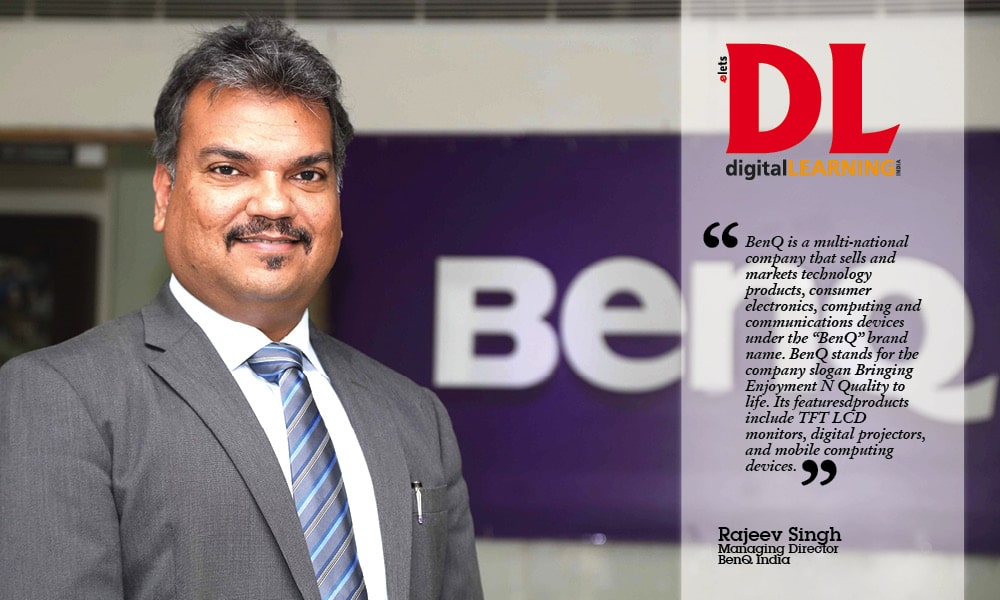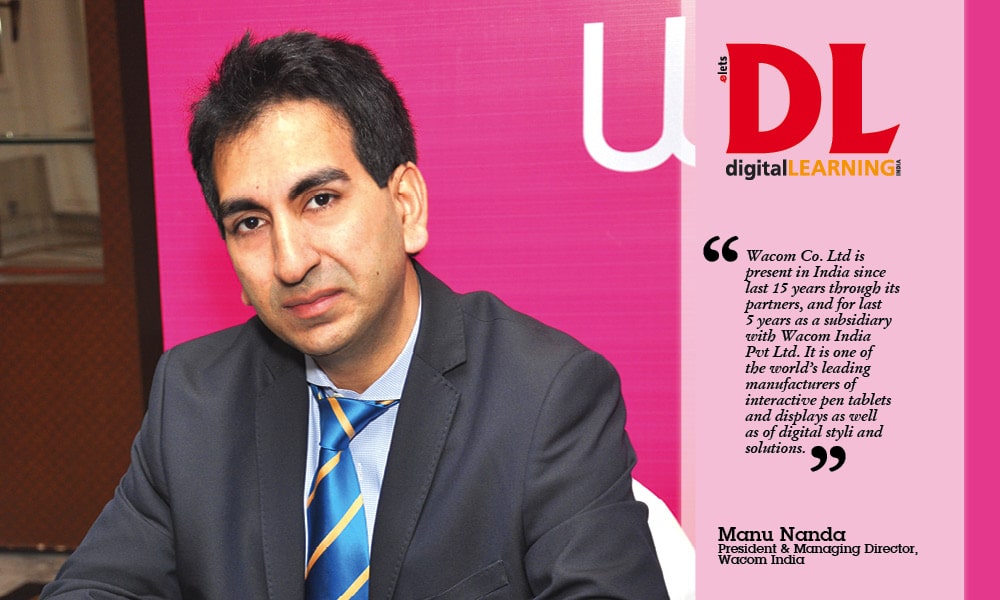
![]()
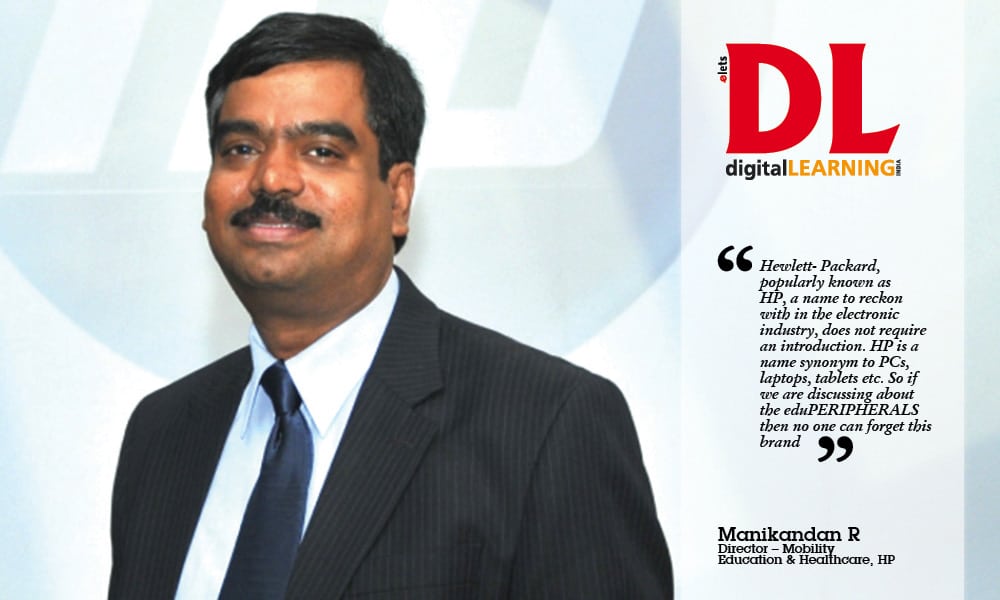
|
Key drivers:
Evaluation Procedure:
|
| Case Study: HP has applied its experience deploying education technology, serving millions of students around the world to meet the challenges of 21st-century education. Digital solutions maximize learning outcomes, focusing on planning, leadership, and total access to content for always-on, always-connected teaching and learning. HP’s Education solution suite aims to enable such comprehensive learning. For example, the students can carry out various experiments by interfacing appropriate ‘probewares’ with HP Tablets. HP has gone a step further to offer Education Edition tablets that are built for schools & designed for learning. |
![]()

Key drivers:
Evaluation procedure:
|
| Case study: iBall is considered the pioneers in providing tablets to a school in Taluka-Vita, Dist- Sangli where the school received an edge of being first digital school in Maharashtra. |
![]()
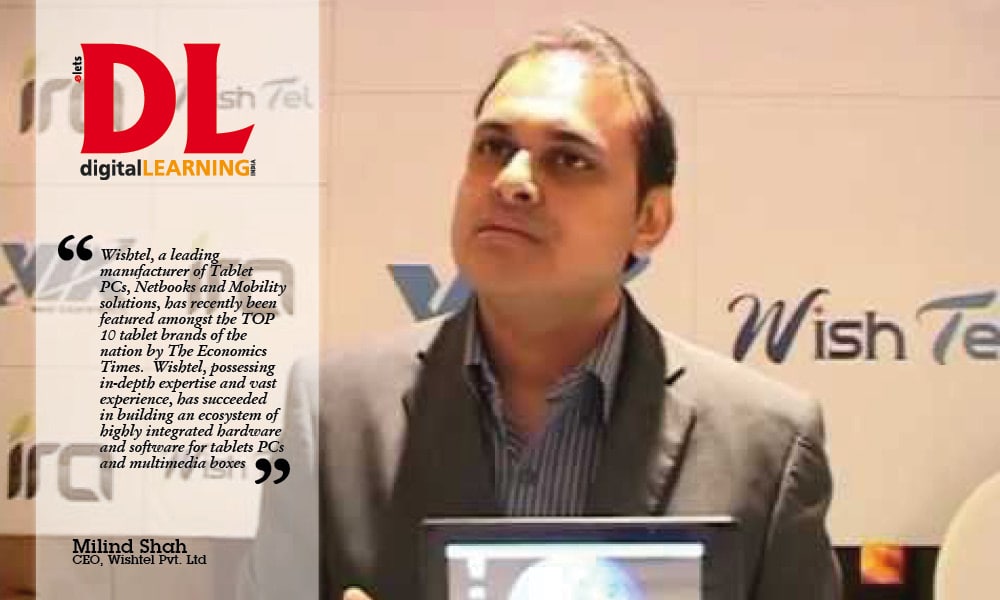
Key drivers:
Evaluation procedure:
|
| Case study: In a recent happening, at a particular school in the eastern suburbs in Mumbai. through the involvement of alumni community, Wishtel has successfully deployed a smart class solution, coupled with a flipped classroom approach. |
![]()

![]()
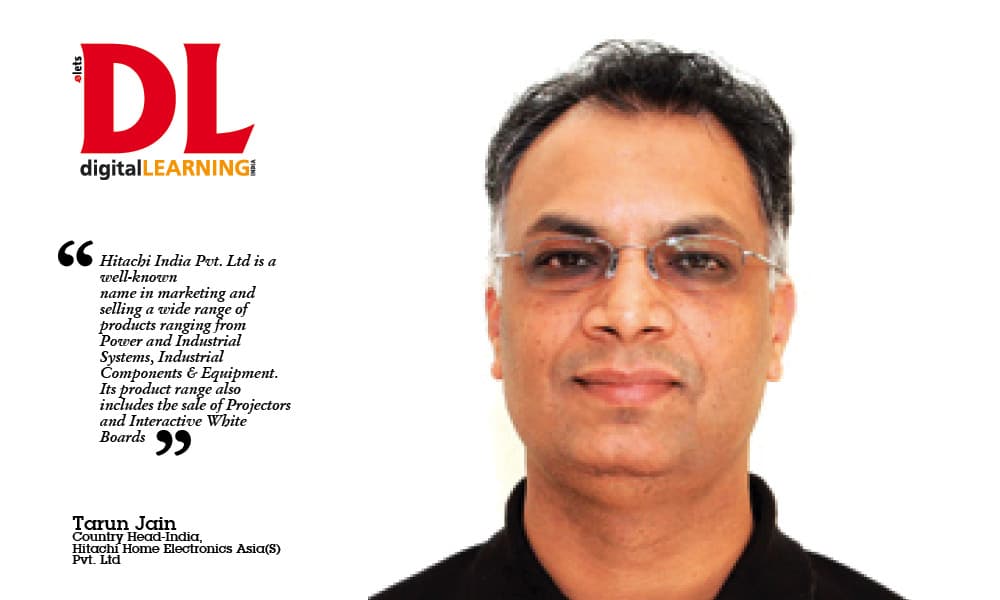
Key drivers:
Evaluation procedure:
|
| Case study: Hitachi has a proven track record with the education institutions in India. Hitachi Interactive projectors are installed at major educational institutions. For users, it is a seamless technology experience in the classroom. Hitachi Ultra short throw interactive Projectors have been very successful. It combines an array of advanced features in a compact, portable design perfectly suited for classrooms of any size. Small in size, but big on performance, the projector provides vibrant image quality, cost-effective operation, and long-lasting reliability. |
![]()
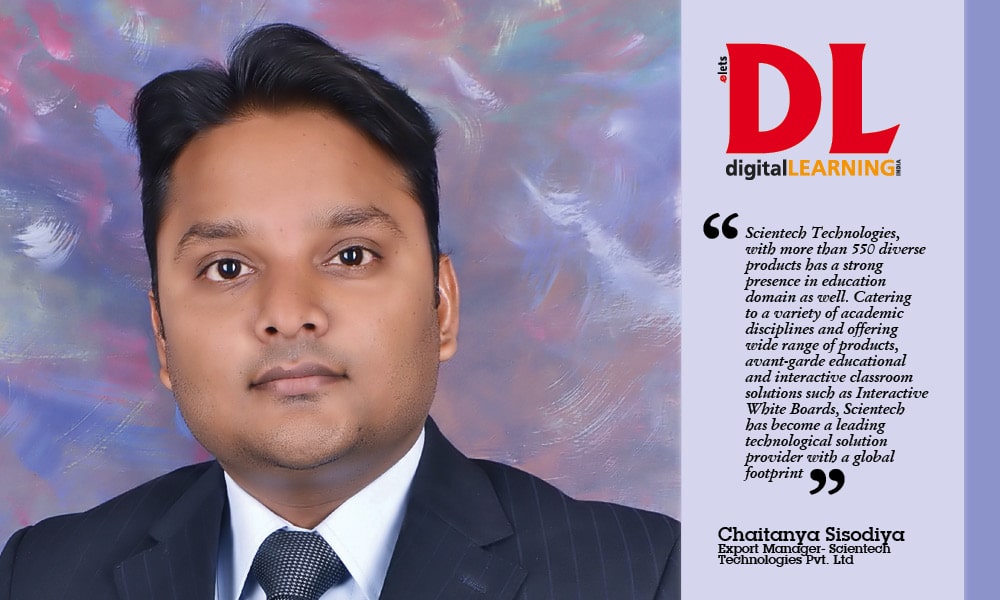
Key drivers for eduPERIPHERALS:
|
Evaluation procedure for eduPERIPHERALS:
|
![]()

Key drivers:
Evaluation procedure:
|
| Case study: Cybernetyx has made tremendous advancement in educational institutions. There is not one but many examples where Cybernetyx products have made learning more impactful. However, to site some examples:
|
Key drivers:
Evaluation procedure:
|
| Case study: Chennai Public School(CPS), a loyal BenQ customer since 4 years, wanted an interactive solution which eliminates the need of Smart boards. BenQ suggested Interactive Short Throw Projector with Point write module featuring multi-pens collaboration allowing up to 4 students to contribute at once. These required hassle free installation along with minimum training for teachers for using them. |
Key drivers:
Evaluation procedure:
|
| Case study: Wacom has been at the forefront of eduPERIPHERALS from the very beginning as the Indian customers soon realized the benefi ts of using a digital pen tablet and display in education. The top Indian institutes like IITs, IIMs, IIIT, IIFT, NITs, BITs, Modi Institute, NIFT, NID, MIT, DSK, etc have been using the Wacom products for many years now. The Bamboo Spark, Wacom’s newest product is a smart folio that can be used by both teachers and students alike. |
"Exciting news! Elets technomedia is now on WhatsApp Channels Subscribe today by clicking the link and stay updated with the latest insights!" Click here!









